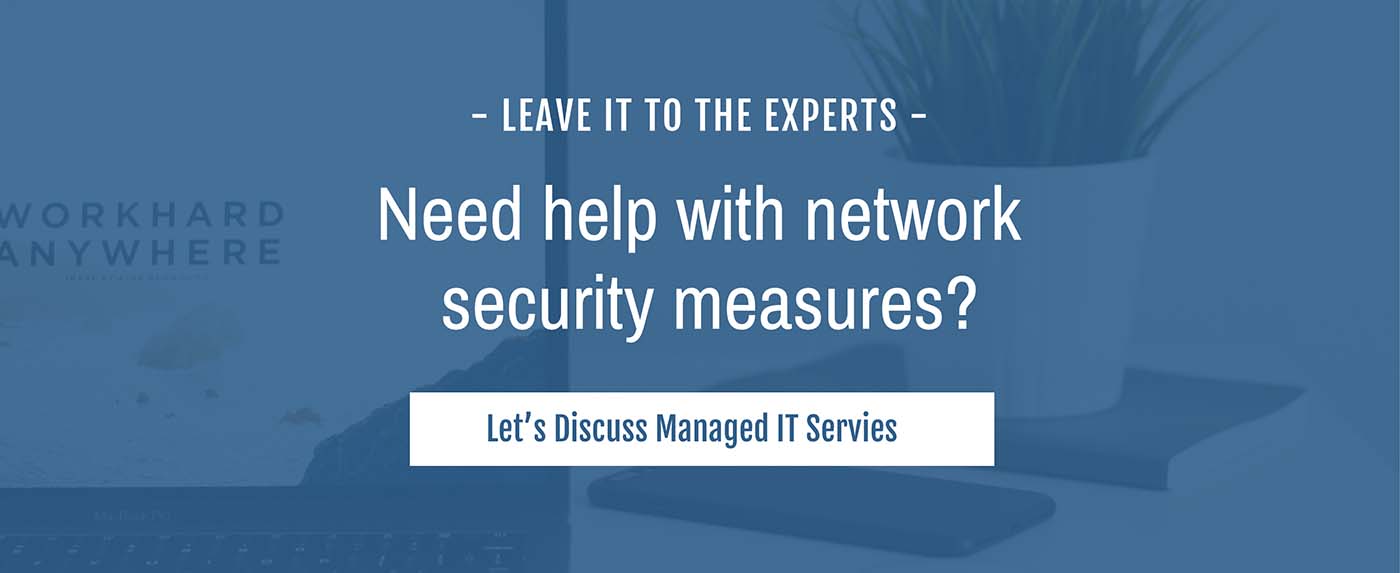What to Consider Before Selecting Your Next Time-Saving Software [A Cheat Sheet]
by Adam Arnold
It’s shiny! It’s new! Everybody is doing it. I must have it. Who could resist, and after all, who does not like new cars or motorcycles or clothes? When it comes to business software, it looks like the same trend applies. You just found a new software that does that one thing you need. It has an elegant interface. It is simple to use, has clean lines, and is easy to navigate, and now instead of spending 5 minutes doing a task, you can do it in 60 seconds. A massive benefit for collaboration, and it looks incredible. You will change your business process, maybe get a promotion, or at minimum a raise for being forward-thinking. Sound familiar?
Your company may be living this practice. Heck, maybe you don’t consider it a problem. The truth is you could have too many folks who mean well but aren’t subject matter experts contributing to the technology direction of your business. Before you know it, the company has different software applications trying to accomplish various loosely related tasks. Not one application solves the whole issue, most cannot synchronize data to one another, are often lacking a sound backup strategy, each uses separate sign-in, and the person who implemented the program initially just resigned last week.
This particular scenario isn’t new but has become pervasive with the ease of setting up an account in a new system. Technology managers call this trend “shadow IT.” It describes systems and practices set up outside the primary IT structure without oversight or input. Every software has a footprint from a security and operational standpoint, which adds up over time. Shadow IT systems may work for a while, but you have a ticking timebomb without a plan for how these software systems blend within the organization.
We have a quick cheat sheet of questions to ask before deciding on new software. It is a great outline to follow to help determine the need and create a verification process before introducing new software to your organizational infrastructure.
1. Identify the existing need and benefits for this software
- Does it save you time?
- Increase collaboration?
- Boost the accuracy of work or delivered products?
2. Can this be done with our existing software suites?
- Have you checked with the IT Department about the capabilities of the existing systems?
- Maybe your systems can accomplish the task, but your training and adoption are creating a technology limitation.
3. Software integration with your existing system?
- Can this new software integrate with your existing system?
- Does it create a single sign-on experience for your users?
- Is it secure or could it be a back door for intrusion by hackers?
4. Data retention and recovery
- Who is responsible for backup and recovery strategies? Your organization or the Software vendor?
One of the most important considerations is how the solution will impact the entire organization beyond filling your immediate need. Have a conversation with IT or decision-makers about the need that exists in your organization and use a checklist to determine if new software is necessary before making the jump.

